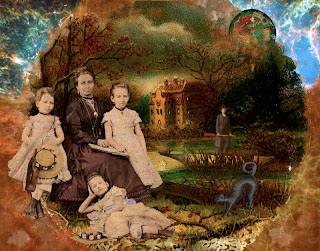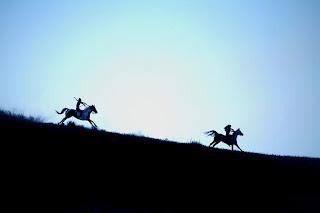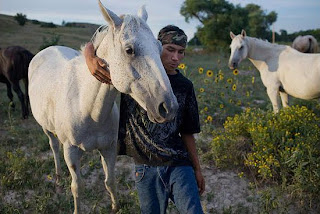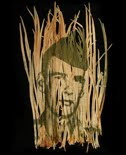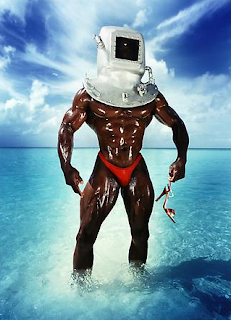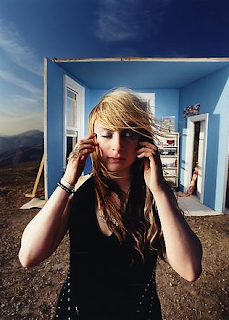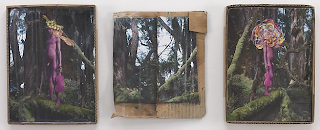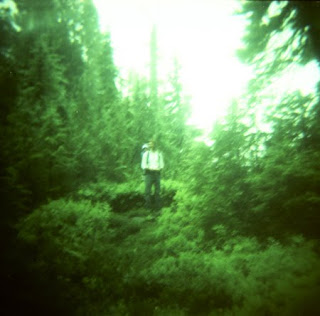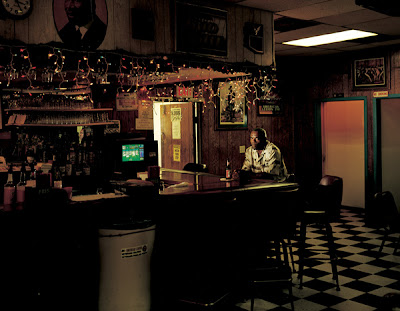 Petroglyphs and Star Trails, Wind River Range, Wyoming
Petroglyphs and Star Trails, Wind River Range, Wyomingwhat allows him to create a mood, whether that mood is lyrical, playful, or mysterious.
his most of picture used very colorful light, it create very mysterious picture but also can see
beauty of nature. his work is very playful and mysterious. However, I really enjoy his work.
In fact, I just start practice to take picture at night. it is very hard. I have been practicing for 1
year but I have not taken any good successful picture. His work made me more challenge my
self. The picture of Petroglyphs may not really interesting during the day. but the star
movement and playing with light it came out together it made image very interesting.
more info : http://www.michaelfrye.com/port/night/night1.html










